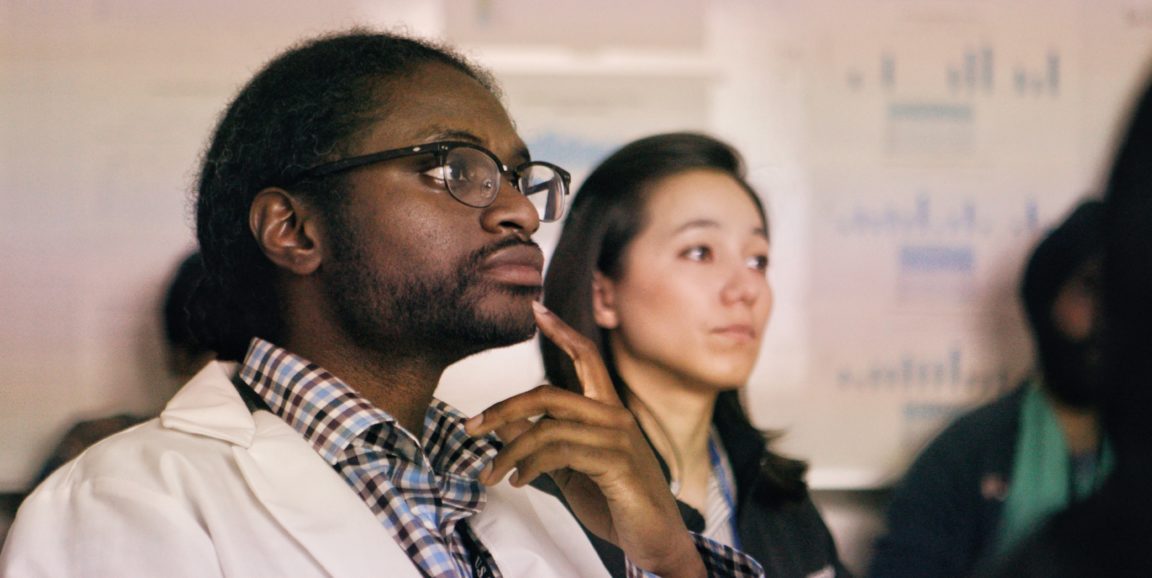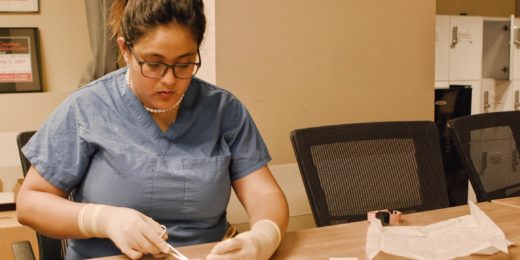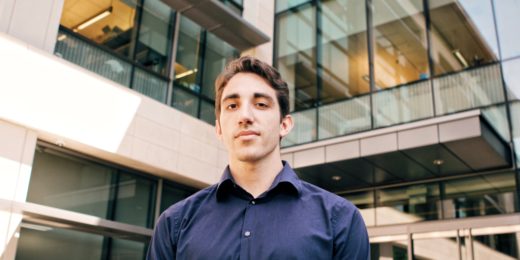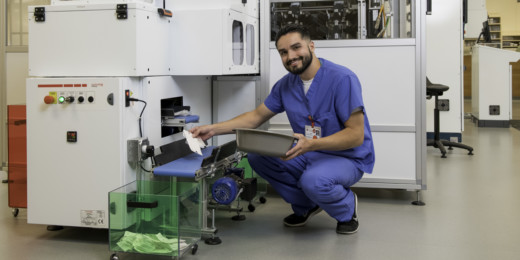The day we filmed Sheun Aluko, a conference was taking place at Stanford Medicine's Li Ka Shing Learning and Knowledge Center. People wearing name tags flowed in and out of a second floor lecture hall, chatting and checking phones, while servers bustled around them, clattering plates and silverware.
Amid this hubbub, wearing a sweatshirt and sneakers, Aluko took a seat at a communal piano and began to play. He'd brought no sheet music and had no prior preparation, but by the time he'd finished -- a good half hour later -- the audience that had gathered for his impromptu performance was awed into silence. Then the applause began.
Aluko's musical prowess is what first brought him to our attention for the #WeAreStanfordMed videos, a series spotlighting Stanford medical students and the impact of financial assistance on their education and aspirations. He'd already turned heads in 2018, with a performance for a Stanford Medicine fundraiser in a concert hall seating nearly 1,000.
Aluko told us that he loved communicating through music, saying, "You can really speak directly, translate emotions that you're feeling to other people, and have them feel that happiness and joy, or sorrow and reflection."
He also told us about his other, equally-strong passion: computer science.
In his tiny living room, sitting next to a row of guitars, Aluko demonstrated how he'd programmed his personal computer to take voice dictation every time he says, "Captain's Log." And he told us how, during his first two years of medical school, he'd taught himself the programming language Clojure -- in his spare time. For fun.
Aluko said he'd had a revelation after writing his first computer program for an advanced placement class in high school back in Memphis, where he grew up. The program calculated the Fibonacci sequence, a series of numbers in which each is the sum of the two preceding numbers.
"I remember just at that moment realizing the power of computers," Aluko said. "Realizing that, Hey, if I wanted to ask a question -- What's the one billionth Fibonacci number? -- it would probably take my whole life to calculate that. But I can write a program in maybe one minute or less that will tell me the answer immediately."
Aluko's fascination with technology led him to medicine, as he says in the video. The book The Body Electric: An Anatomy of the New Bionic Senses started him thinking about how manmade devices can pick up where a person's biology leaves off. He was hooked by the prospect of inventing a gadget that could interact with the brain.
"That connection of, oh, I can work on something that is engineering but also intimately tied with the deepest, most introspective, most personal experiences of myself and patients -- I think that captured my curiosity," Aluko told us.
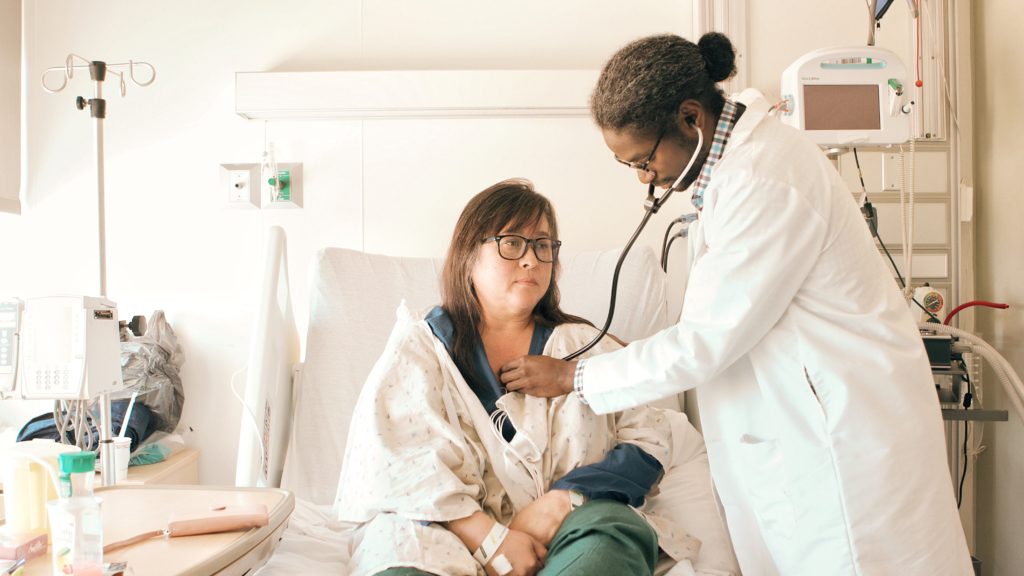
He chose Stanford for medical school because of the flexible curriculum and opportunities for research in the heart of Silicon Valley. He's already worked on one biomedical engineering project: With Jessica Rose, PhD, at the Motion and Gait Analysis Laboratory at Lucile Packard Children's Hospital Stanford, Aluko is developing a device for children with cerebral palsy that aids their walking by giving them auditory feedback.
Taking this interest to the next level, he's seeking a master's degree in biomedical informatics -- the science of using computational methods for problem-solving in biology and medicine -- while he continues work on his medical degree.
Aluko told us he's always looked for opportunities to combine his dual passions of technology and the humanities, and we saw evidence of this throughout our day with him. On one hand, he wore a T-shirt for a computer coding camp. On the other, a large yoga poster decorated the door to his home office.
"Something that has really driven me from early on," Aluko told us, "is this sense that both of those domains can learn from each other and coexist in a very harmonious way."
#WeAreStanfordMed is a video series spotlighting Stanford medical students and the impact of financial assistance on their education and aspirations.
Photo and video by Luceo


